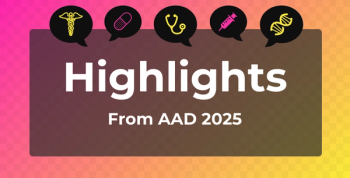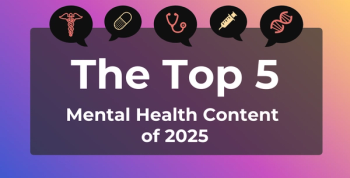
Withdrawal of Aid Could Cause Millions of Lives Lost to HIV
Key Takeaways
- Zambia's HIV care is heavily reliant on PEPFAR, with 84% of funding from the US, crucial for achieving UNAIDS' "95-95-95" goals.
- The EMOD-HIV model predicts significant increases in HIV-related deaths and infections with aid disruption, especially affecting children.
An epidemic resurgence is possible in Zambia should rapid restoration of HIV services not be conducted.
The withdrawal of aid related to addressing the worldwide
Zambia’s funding for HIV care primarily comes from the US, with 84% of all funding provided through PEPFAR. Reaching and maintaining the Joint United Nations Programme on HIV/AIDS’ “95-95-95” goal is, therefore, heavily reliant on this funding, especially as an analysis had revealed that Zambia
The HIV transmission model EMOD-HIV was used for this study, which contains components of demographics, HIV transmission, HIV treatment and prevention services, and disease progression. All HIV transmissions in the model were acquired through birth or sexually, with populations stratified into low, medium, and high sexual risk groups. The Parallel Simultaneous Perturbation Optimization was used to calibrate the model to Zambia’s demographics and HIV epidemiological data.
The authors assumed that 40% of those who were initiating or continuing treatment for HIV would lose access in January of 2025 based on the proportion of HIV care that was delivered in facilities that were staffed by the US Agency for International Development (USAID). A further 30% of clinics are staffed by both Zambian employees and USAID, allowing for a worst-case scenario where the country saw a 70% reduction in access to antiretroviral therapy.
The analysis ultimately found that there would be an increase in deaths related to HIV in Zambia between 2025 and 2060 with the disruptions to aid for HIV. This equated to 32,550 additional deaths with a disruption of 3 months and an additional 330,400 deaths for a disruption of 4 years. Children made up the largest percentage of deaths, with an estimated 3922 or 29,320 deaths for a 3-month or 4-year disruption in aid, respectively.
The rates of death would go back to baseline if the disruption only lasted for 3 months and did not persist through the following year. Baseline would only be achieved 2 decades after disruption of care if the disruption lasted for 1 year. This increased to 4 decades if the disruption lasted 4 years.
HIV infections faced a similar trend, with 54,860 new infections likely through a disruption of 3 months and 552,500 new infections likely through a disruption of 4 years. Annual HIV incidence saw a sharp spike during the disruption, which dropped to baseline after a disruption of 3 months or 1 year, whereas a disruption of 4 years or longer saw the incidence of HIV remain elevated.
The prevalence of HIV would also increase by 1.25-fold in adults and 4.6-fold in children with a disruption in aid for a decade. Should this disruption last for 3 decades, this would increase to a 2.75-fold increase in adults and a 41.3-fold increase in children by 2055.
There were some limitations to this study. The assumptions made about funding disruptions were simplistic, and data on HIV service implementation were reliant on expert knowledge rather than electronic health records due to the data being inaccessible. Changes in condom distribution and behavior change messaging were not accounted for when calculating the effects of disruptions. Reductions in HIV services were assumed to remain consistent, but partial restorations of aid or further severity of disruptions are possible. Indirect health effects of the funding disruption were not captured.
Although Zambia has seen tremendous improvement in HIV incidence and mortality prior to 2025, this progress could be undermined due to the disruption in funding, the authors stated, finding that even brief disruptions could cause a resurgence in the HIV epidemic.
“Our findings underscore the need for gradual, planned, and monitored changes to bilateral aid that enable sustainable change without disrupting services provision, especially for those living with HIV,” the authors concluded.
References
1. Mulenga LB, Musokotwane K, Sivile S, et al. Impacts of US bilateral aid disruptions on HIV resurgence in Zambia: a mathematical model. Open Forum Infect Dis. 2025;12(9):ofaf511. doi:10.1093/ofid/ofaf511
2. HIV and TB overview: Zambia. CDC. June 30, 2025. Accessed September 29, 2025.
Newsletter
Stay ahead of policy, cost, and value—subscribe to AJMC for expert insights at the intersection of clinical care and health economics.







































